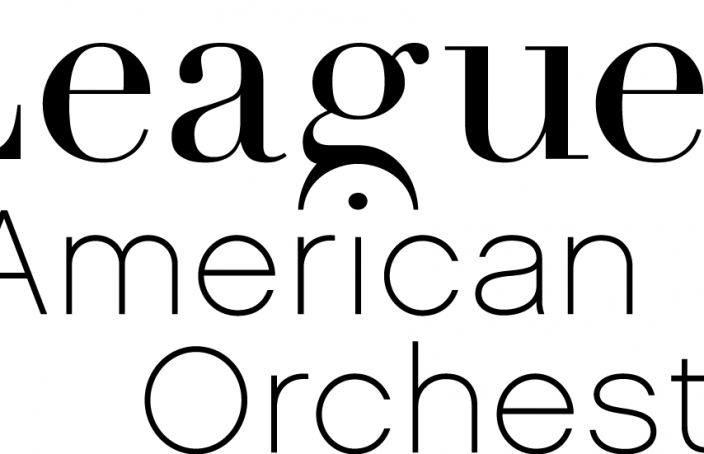The League’s Five-Year Strategic Plan
The League of American Orchestras recently announced their new five-year strategic plan. You can read an executive summary, an abridged version, or the entire plan by clicking here.
The summary begins with a quote from Jesse Rosen, President & CEO:
This plan was developed in a moment of great possibility. It builds on the momentum generated by orchestras and the League following the last strategic plan. Today, orchestras are embracing the opportunities presented by the current environment with vigor and ingenuity. The rate of experimentation is at an all-time high. As audiences, current and prospective, reveal increasingly new and varied preferences, the experience of orchestral music, its very nature and access to it, is evolving rapidly.
Looking from 30,000 feet at the evolution taking place, we observe that orchestras are adding to their transactional role – i.e., the production of high-quality concerts – a relational role. In their relational roles, orchestras continue to strive for excellence in performance, but now bring equal attention to the nature of the orchestral experience itself: the interplay with different audiences; synergistic and authentic engagement with communities; expanding roles of musicians, composers, and conductors as ambassadors, advocates, and educators; and increasing activity in lifelong learning and civic participation.
The League then needs to support orchestras in realizing more fully their role in this period of broad social, demographic, and technological change. It must embrace its role both in supporting orchestras and in promoting public understanding of their role in civic and community life. It must lead its members in collectively advancing, articulating, and advocating for the essential experience that only orchestras can provide.”
The plan is an ambitious one, and calls for new action in five areas:
- Community Engagement, to help orchestras become more diverse, share stories of ventures throughout the country, and represent the field in public policy debates and elsewhere.
- Leadership, to help orchestras develop effective leaders, good governance, digital learning experiences, and sharing best practices.
- Members, to help orchestras take advantage of all the benefits provided by the League.
- Business Model, to help the League increase its revenue base in order to offer more services.
- Capacity, to grow the League’s ability to serve its members.
The League has done a nice job in presenting their plan in three different version; best if you go directly to their website to read more about their plans for the next five years.

